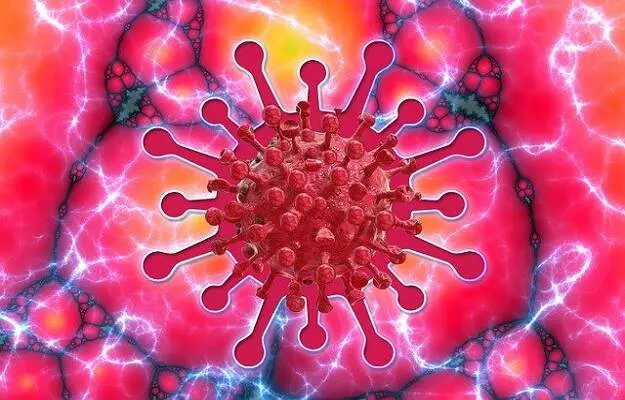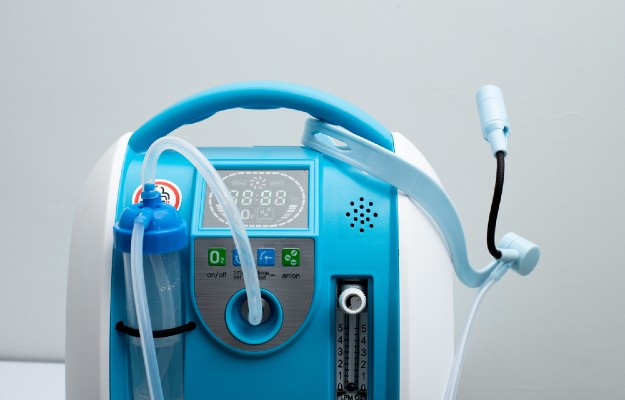Inflammation is our immune system’s response to the presence of any irritant - infectious microbes or any foreign substances. It is a complex process that protects the body tissues from damage and fights pathogens. You don’t have to have an infection to get inflammation, the redness and swelling that occurs when you get a splinter in your hand, for example, is inflammation.
Respiratory diseases like COVID-19 and SARS are associated with acute (sudden onset) inflammation while conditions like asthma and COPD (chronic obstructive pulmonary disease) are associated with chronic (long term and gradual) inflammation.
However, like every good thing, inflammation has two sides, it does protect the body against pathogens and irritants but if inflammation goes out of hand (excessive inflammation), it can cause tissue damage - as is seen in severe cases of COVID-19. Given this, scientists have started wondering if interfering with the inflammatory processes can help reduce the complications of COVID-19.
Our body has its own mechanisms to protect itself against excessive inflammation. This includes a system of anti-inflammatory cells and chemicals. Peacekeeping cells, as they are being labelled in the media, are one type of immune system cells which have been found to suppress inflammation.
Here is an explainer on the interplay between inflammation and peacekeeping cells and how they work in the case of acute respiratory illnesses.



































